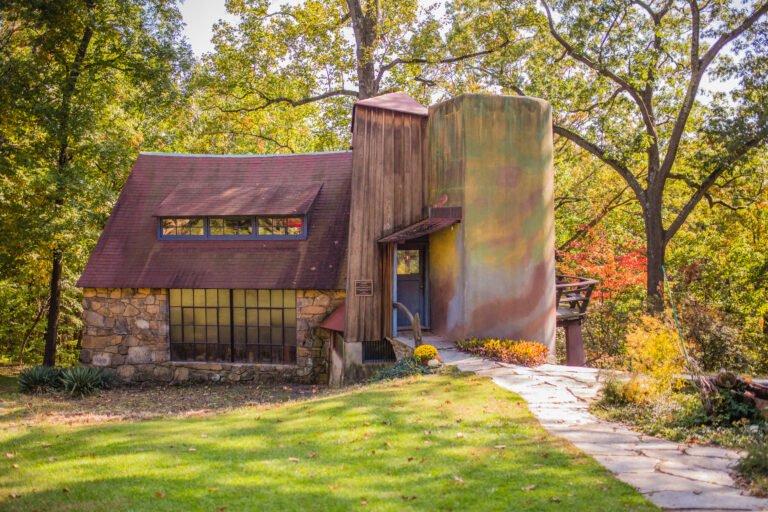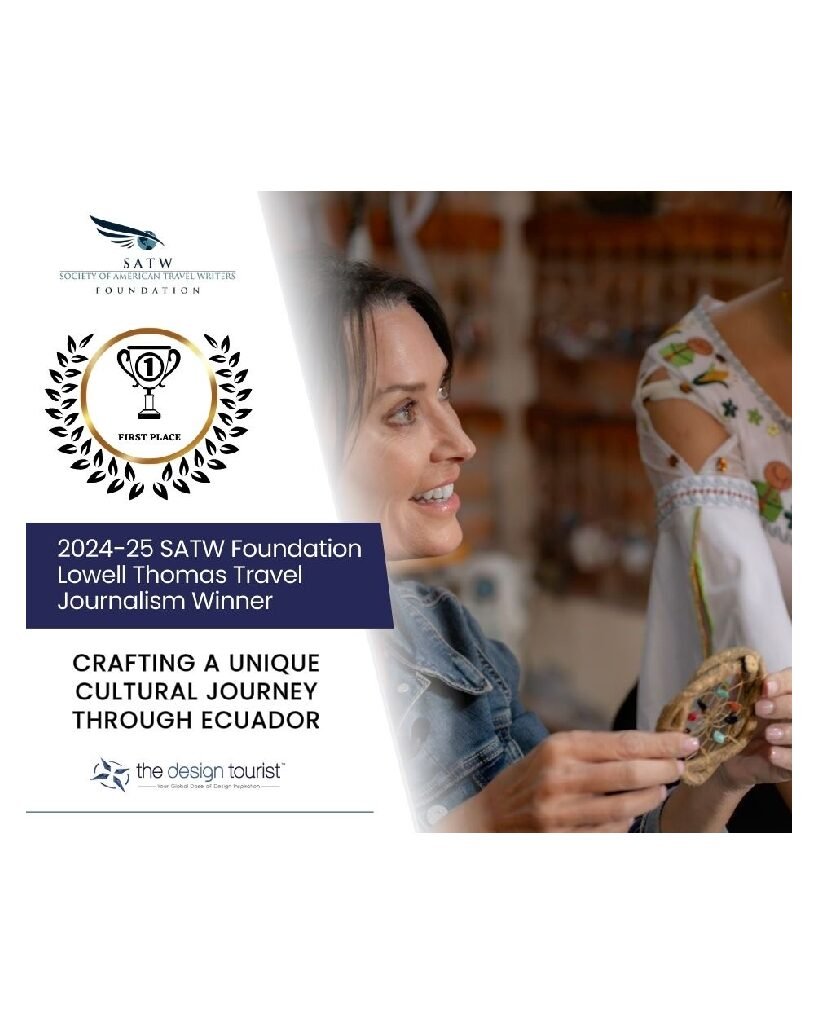This post may contain affiliate links, which means I may earn a small commission from purchased products at no additional cost to you. See my full disclosure here.
For art and design lovers interested in work that defies convention, I recommend a visit to The Wharton Esherick Museum in the wooded hills of Malvern, Pennsylvania, about 25 miles outside Philadelphia. This living work of art, the former home and studio of Wharton Esherick (1887–1970), often referred to as the “dean of American craftsmen,” is open for guided tours.
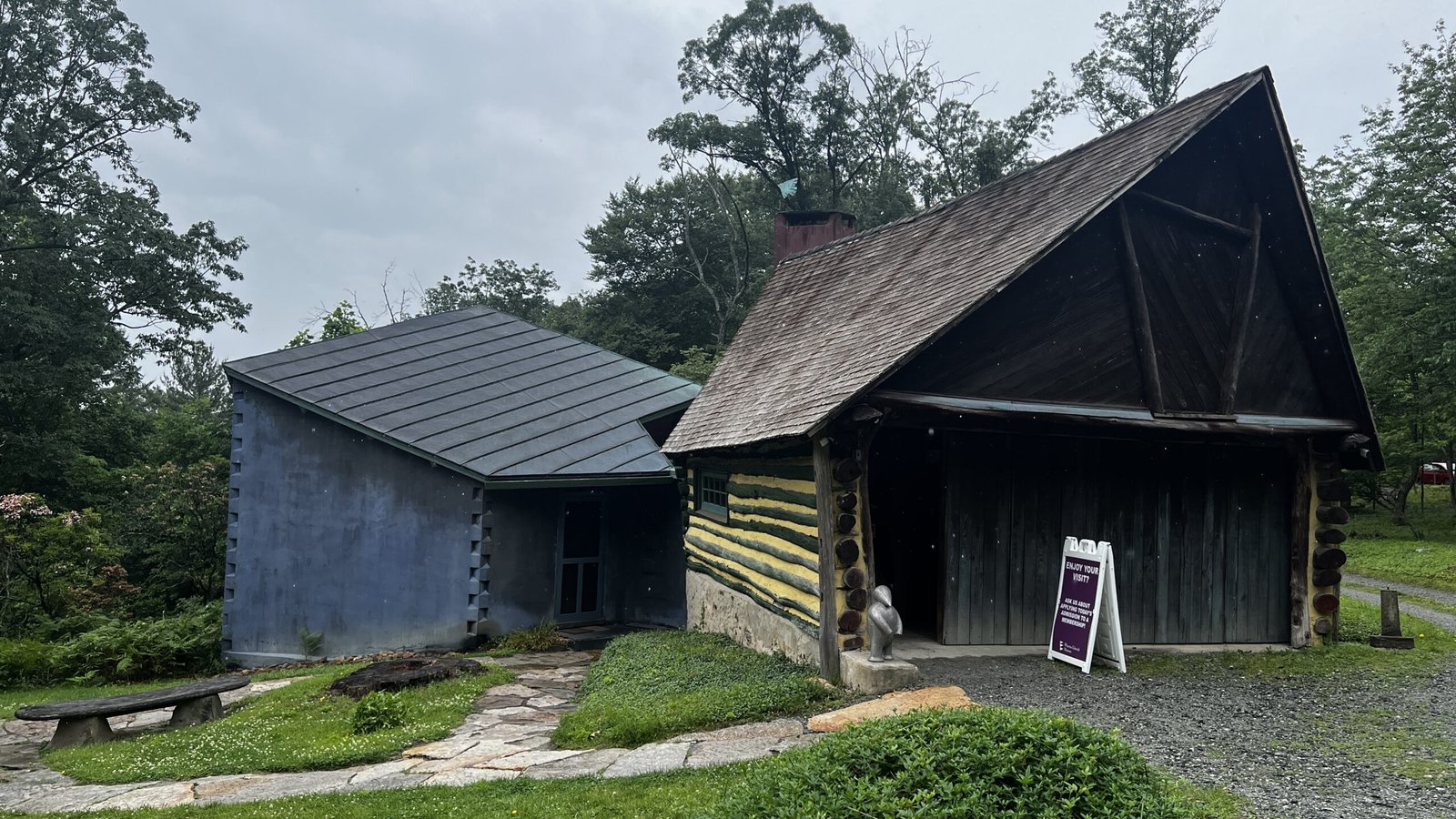
As someone who travels in search of something I never knew that I wanted to see, the Wharton Esherick Museum checked that box.
Who Was Wharton Esherick?
Esherick was a multi-hyphenate artist: a woodworker, sculptor, architect, and furniture designer. In 1926, Esherick began building a studio-home complex on the south slope of Valley Forge Mountain.
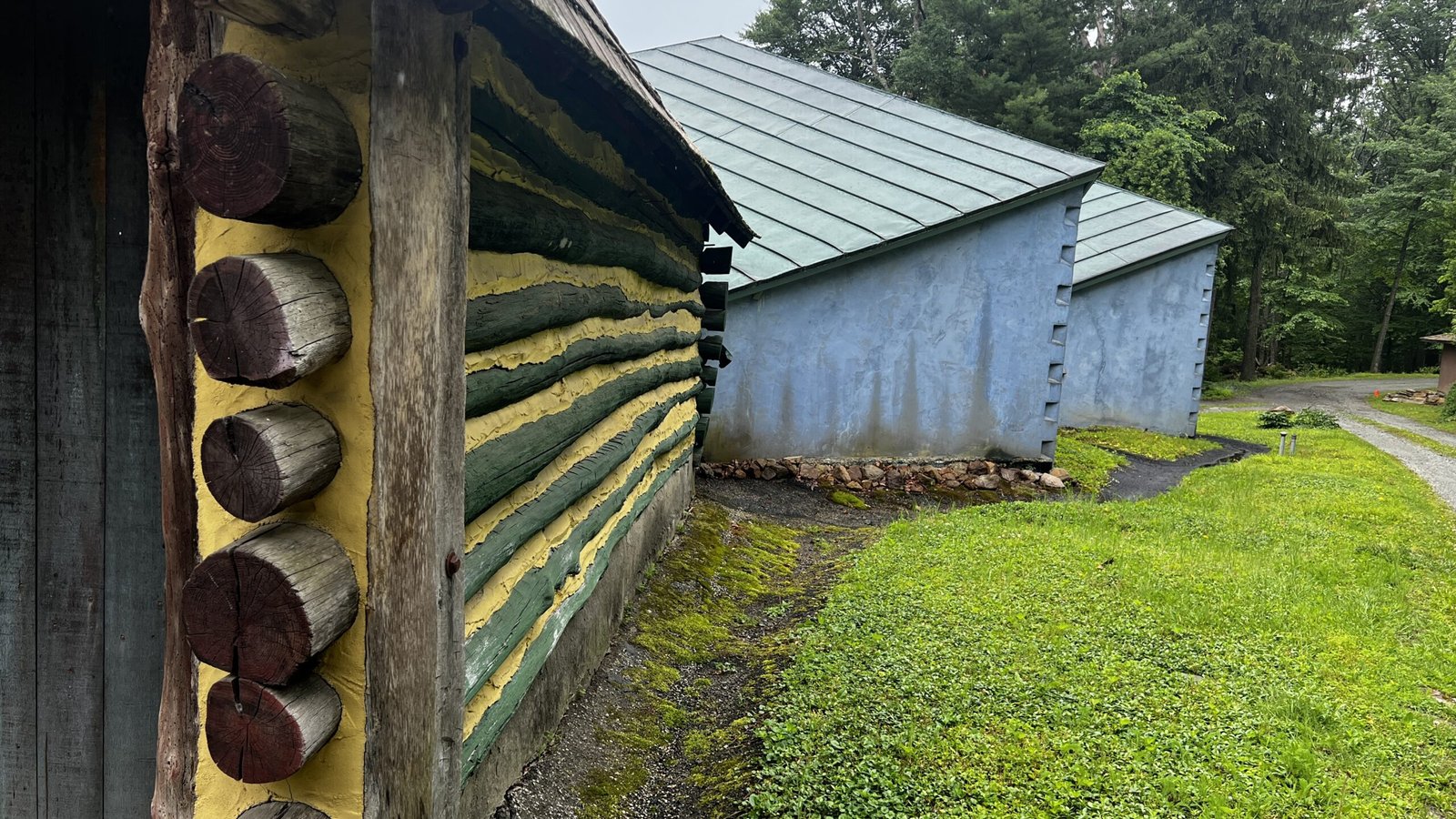
Over the course of 40 years, he expanded it into a sculptural landscape of wood, stone, metal, and glass. He filled his home with hand-hewn furniture, art, sculpture, and architectural details crafted of natural materials.
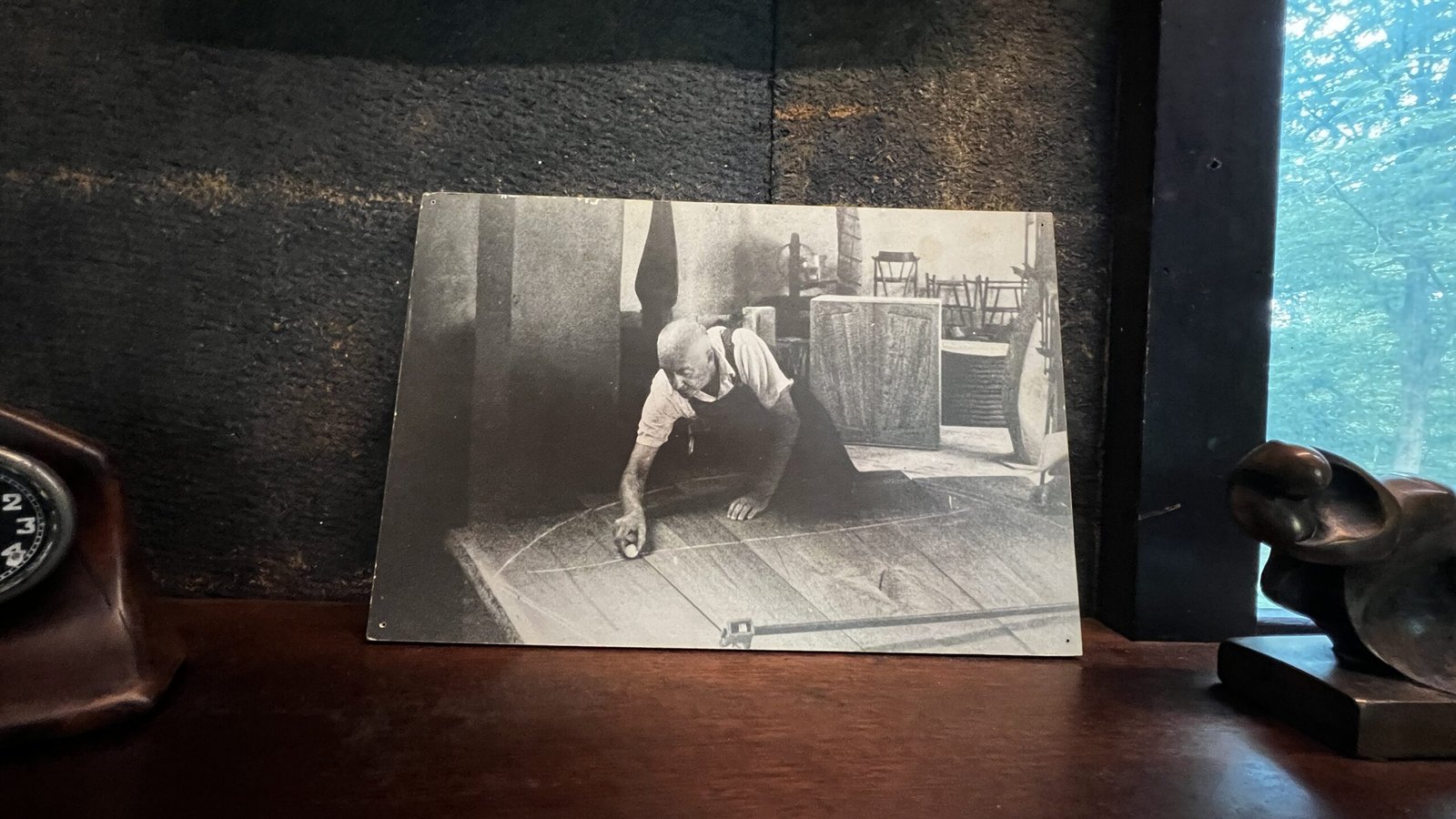
An Artistic Philosophy Rooted in Nature
Esherick rejected mass production and embraced the handmade in works celebrating nature’s irregularities. He carved and coaxed wood into sculptural, organic shapes, showcasing knots, grain patterns, and quirks. His design ethos reflected his lifestyle choice to live off the land in rural Pennsylvania, where he had the freedom to create his artistic utopia.
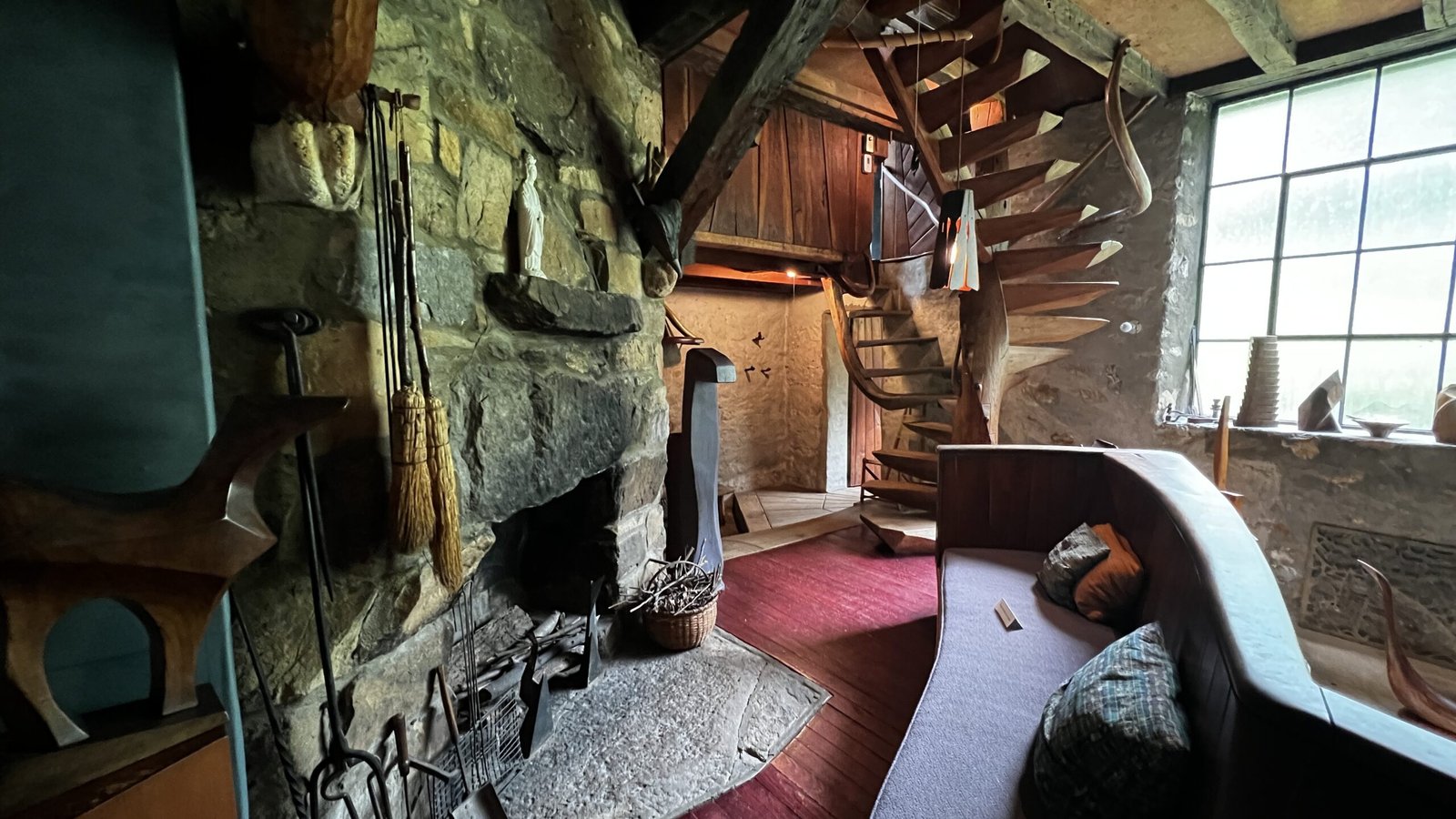
Touring the Wharton Esherick Museum
His home was his life’s work and masterpiece that remains just as he left it. At first glance, the spaces appear and feel chaotic, but a closer look reveals intentional asymmetry and visual surprises that defy architectural and design conventions.
Notable Interior Details
His undulating furnishings offer a glimpse into the creative cacophony of his imagination and his love of natural materials and forms.

Touring the home demands your full attention to appreciate Esherick’s vision and navigate the multi-level spaces: a spiral staircase curves and coils like a serpent, leading upstairs to the kitchen. Light pours through odd-shaped windows, illuminating more oddities and a lower-level sculpture pit.
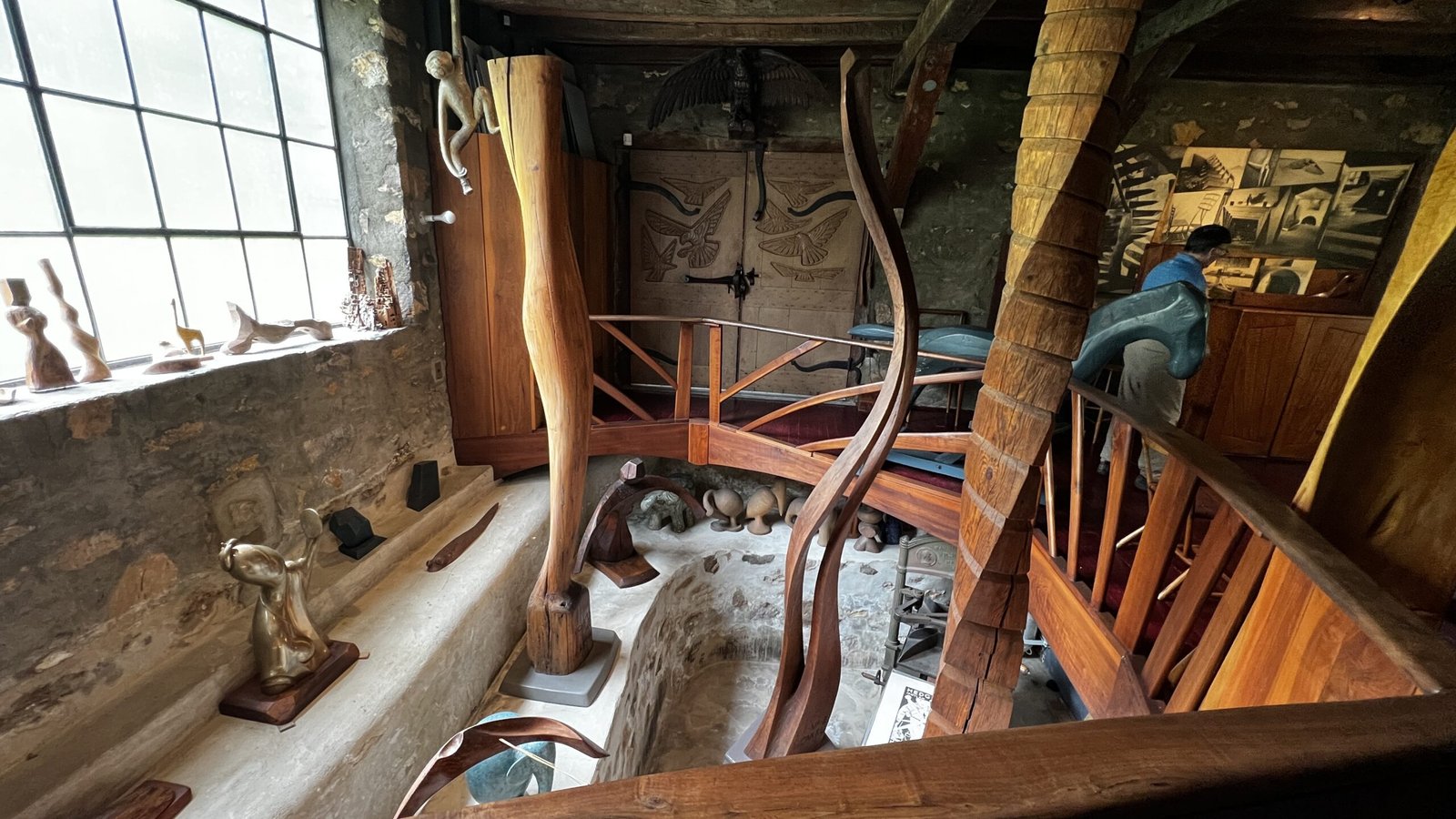
Iconic Wharton Esherick Works on Display
As I explore the hand-hewn details, decor, and embellishments, my guide points out iconic Esherick works, including the free-form stool —a three-legged walnut stool he carved to trace the wood’s natural grain.
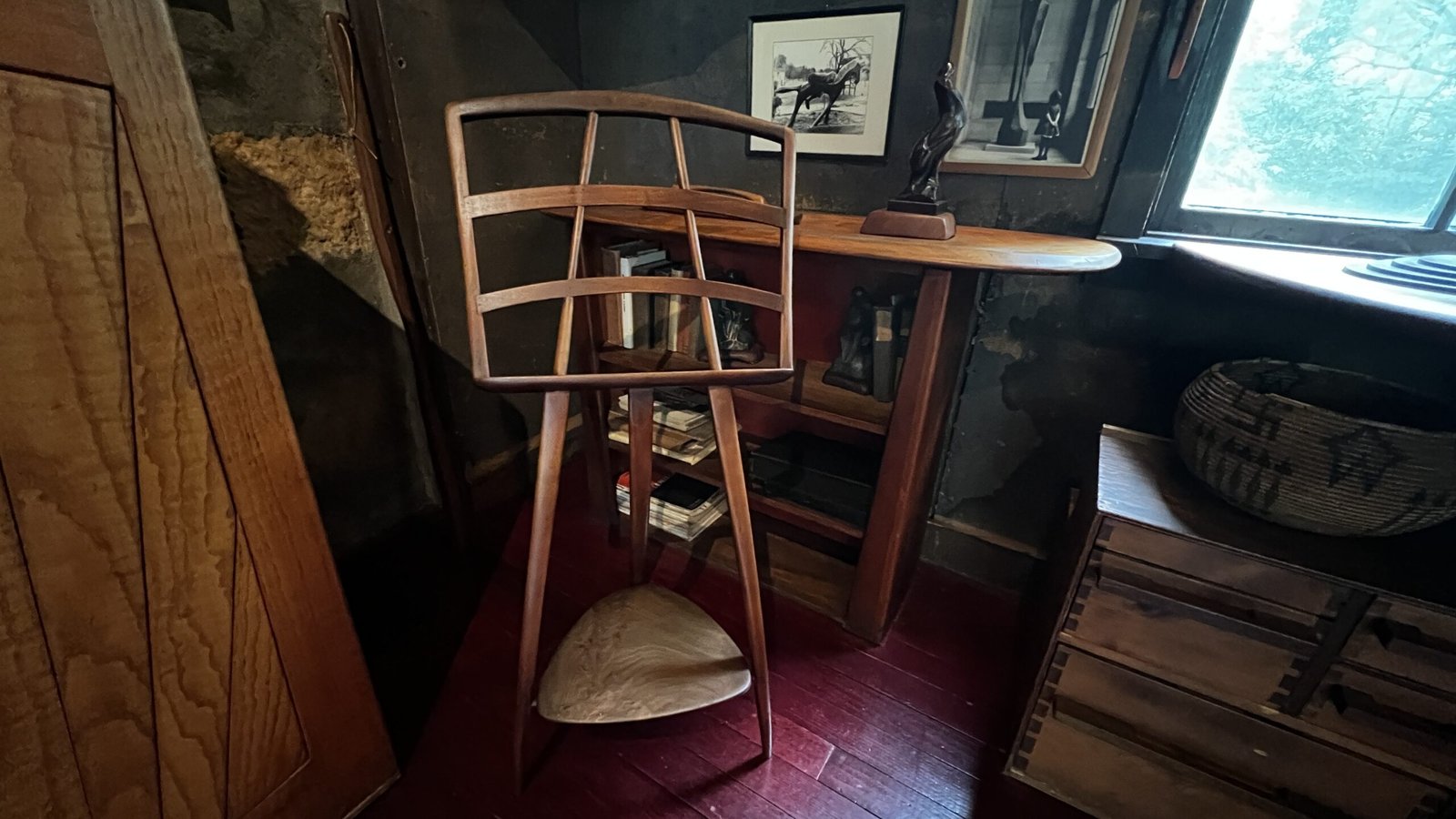
Other emblematic pieces on view are the sculptural Captain’s Chair, the dramatic Important Sofa, and Esherick’s debut Music Stand. His surreal hilltop studio contains more than 300 of his works, produced during his seven-decade-long career.
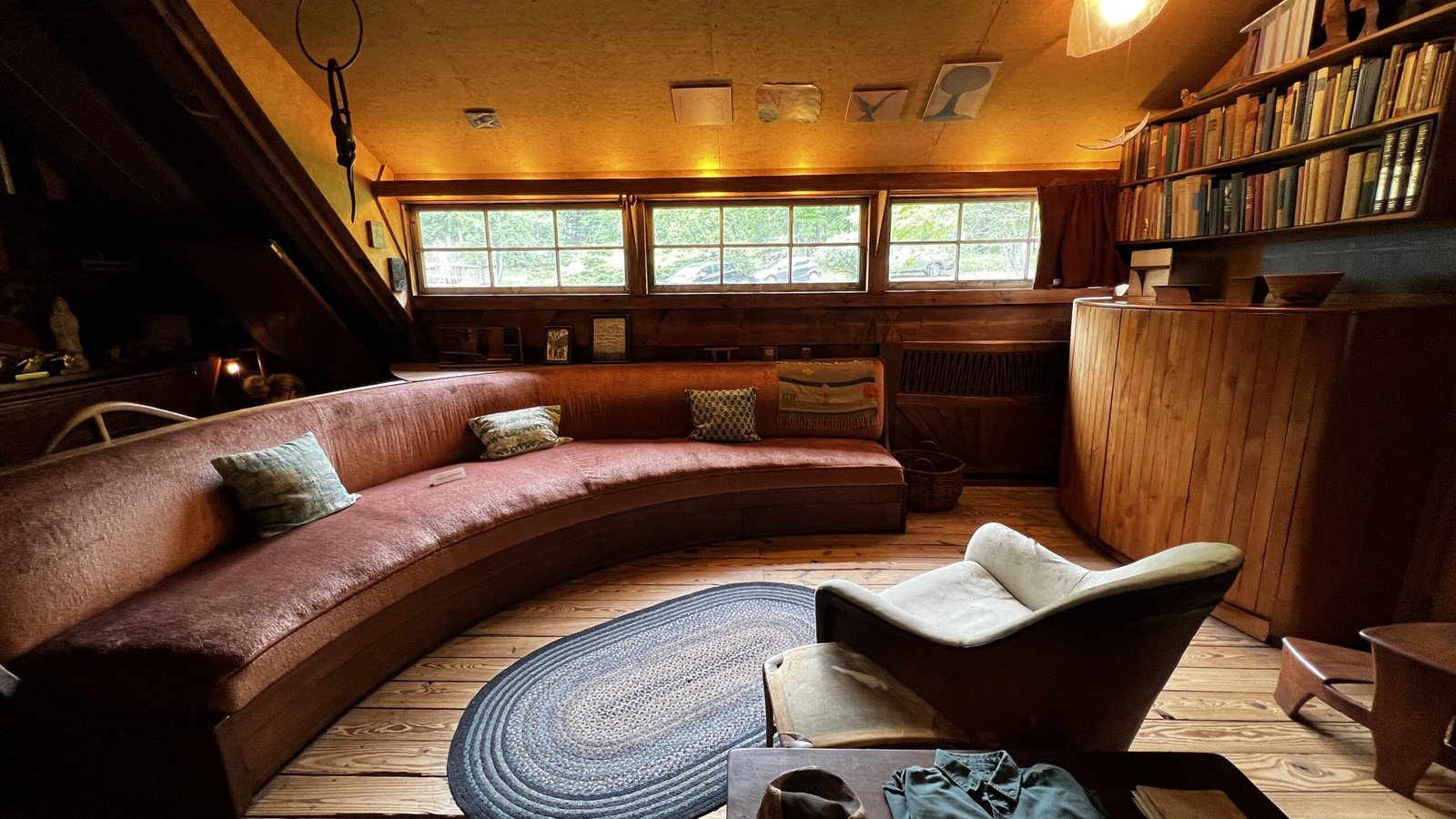
The Museum Grounds and Studio Buildings
Outside, the grounds span over 12 wooded acres, featuring four structures, including his original studio and an annex, which he built in the mid-1950s with the help of longtime friend and renowned architect Louis I. Kahn. Kahn, along with Anne Tyng, who worked in his Philadelphia practice, provided architectural expertise. The workshop stands as three hexagonal concrete modules linked together with organic details.
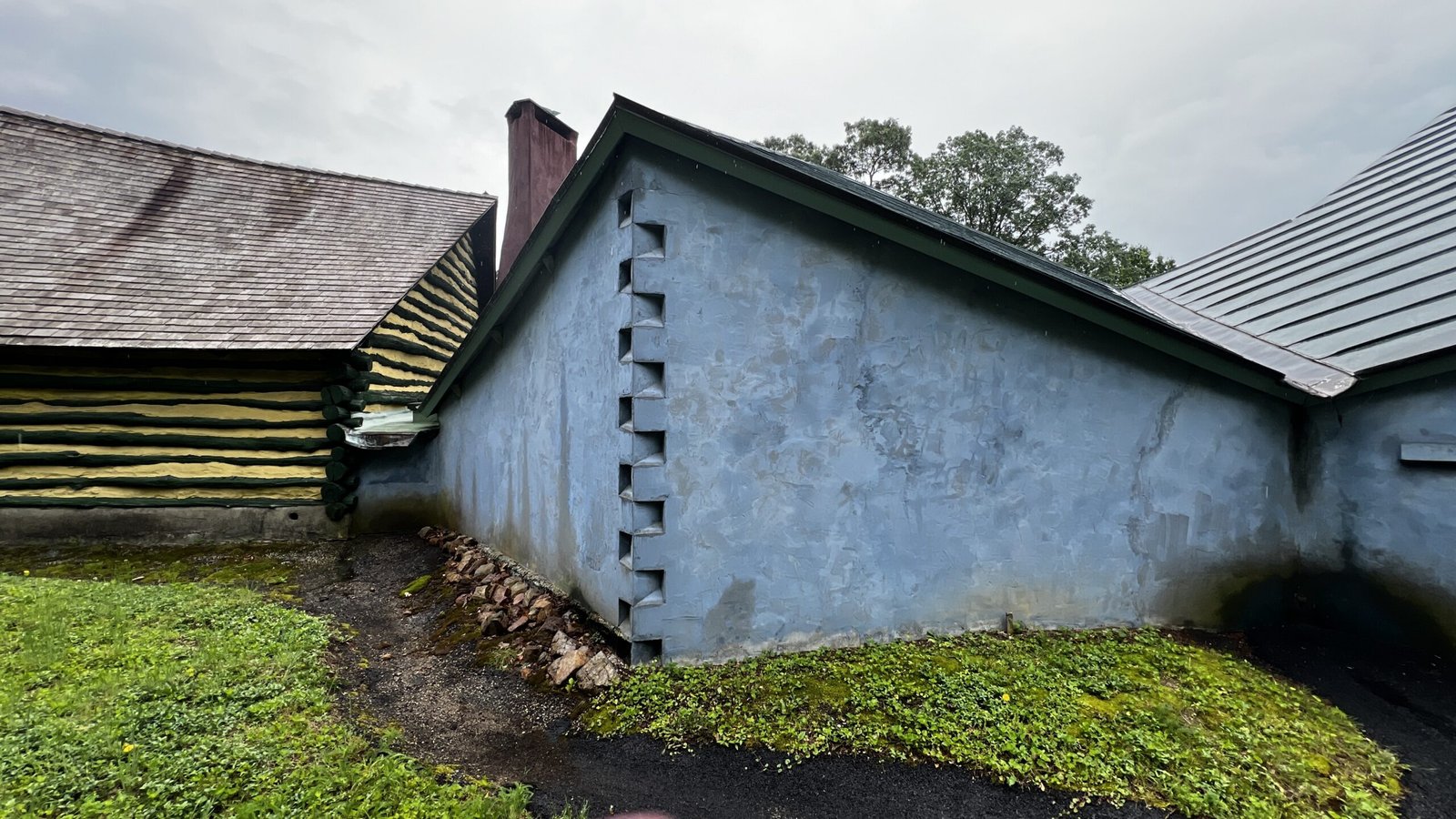
Why the Wharton Esherick Museum Inspires Generations
For new generations of artists and woodworkers, Esherick’s work inspires admiration for creating objects that defy norms and expectations. His ability to blend functionality with artistry continues to influence designers, architects, and craftspeople around the world.
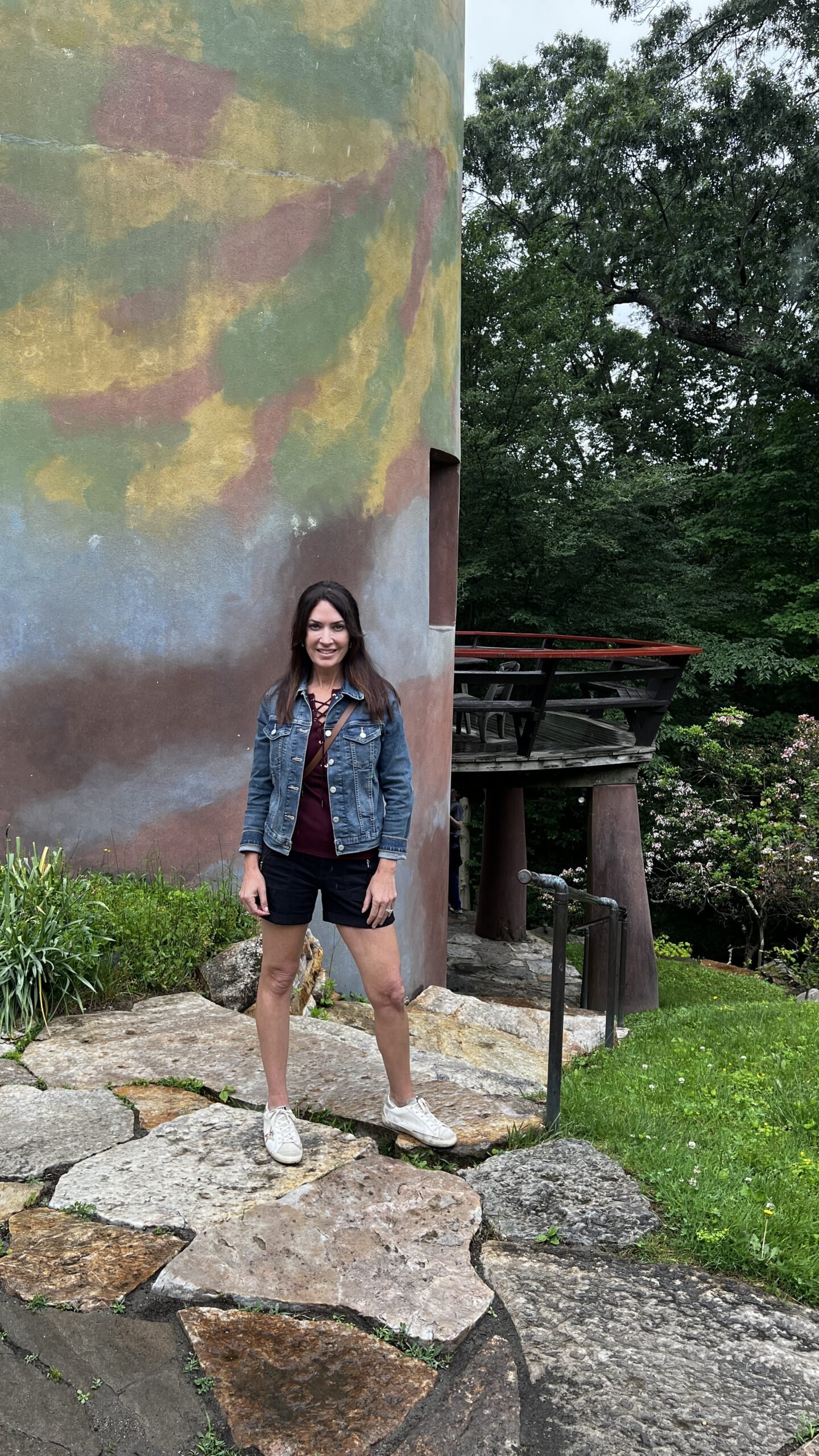
Stay Connected Anywhere with Saily eSIM
Traveling soon? Skip the hassle of buying local SIM cards and enjoy instant connectivity with Saily eSIM.
With Saily, you can:
- Activate mobile data in minutes—no physical SIM needed.
- Choose affordable plans in over 150 countries.
- Keep your WhatsApp, contacts, and number without switching.

Whether you’re exploring cities or remote getaways, Saily makes staying online easy and affordable.
Get your Saily eSIM now and travel worry-free.
Final Thoughts
The Wharton Esherick Museum is more than just a preserved home. It is a living testament to the power of individual creativity, unconventional thinking, and craftsmanship rooted in nature.
Whether you are an architect seeking inspiration, a furniture designer drawn to organic forms, or simply a traveler curious about hidden gems in Pennsylvania, this museum offers an immersive look into the mind of a man who refused to follow the rules.
A visit here does not just show you Esherick’s work. It invites you to rethink the spaces you live in and the objects you use every day. It is a reminder that design, at its best, is personal, purposeful, and deeply connected to the world around us.
For More Things To See And Do While Exploring Brandywine Valley, Read On:









